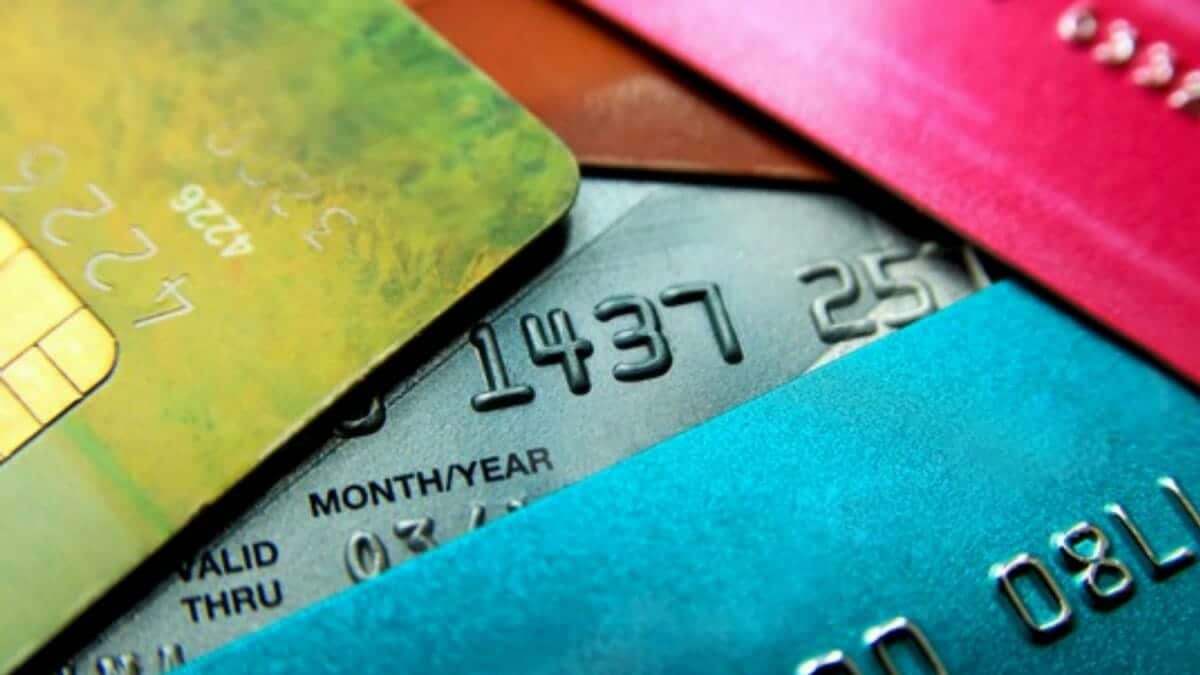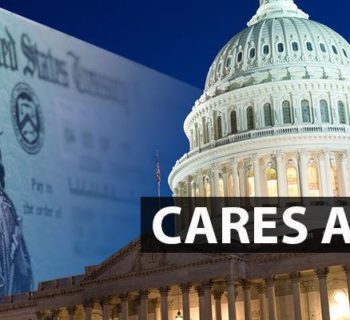 The Federal Reserve hinted that a rate hike may be coming in March. “With inflation well above 2 percent and a strong labor market, the Committee expects it will soon be appropriate to raise the target range for the federal funds rate,” the central bank said in a statement that concluded its two-day meeting. While it was not reasonable to assume that interest rates would remain low forever, many consumers could be caught by surprise as rates begin creeping higher. This could be especially problematic due to the levels of overall consumer debt in the United States. According to the Federal Reserve Bank of New York’s Quarterly Report on Household Debt and Credit, total debt is now $15.24 trillion, $2.57 trillion higher in nominal terms than the previous peak of $12.68 trillion which was reached in the third quarter of 2008. From mortgages and student loans to credit cards and auto loans, the projected rate hikes are beginning to create a sense of urgency for those with variable rate debt.
The Federal Reserve hinted that a rate hike may be coming in March. “With inflation well above 2 percent and a strong labor market, the Committee expects it will soon be appropriate to raise the target range for the federal funds rate,” the central bank said in a statement that concluded its two-day meeting. While it was not reasonable to assume that interest rates would remain low forever, many consumers could be caught by surprise as rates begin creeping higher. This could be especially problematic due to the levels of overall consumer debt in the United States. According to the Federal Reserve Bank of New York’s Quarterly Report on Household Debt and Credit, total debt is now $15.24 trillion, $2.57 trillion higher in nominal terms than the previous peak of $12.68 trillion which was reached in the third quarter of 2008. From mortgages and student loans to credit cards and auto loans, the projected rate hikes are beginning to create a sense of urgency for those with variable rate debt.
Why are rates moving higher?
The Federal Reserve was previously bound by a dual mandate – keep inflation around 2 percent and the unemployment rate between 4 and 5 percent. However, the pandemic changed that and inflation has been allowed to drift higher. With the inflation rate creeping near 40-year highs due to a combination of factors and the unemployment rate edging lower, the Fed has begun to unwind their accommodating policies with bond purchases ending in March. Additionally, Federal Reserve projections show expectations for possibly three rate hikes in 2022.
The impact of the Fed’s moves can be felt by borrowers in many ways. While a Fed rate hike does not necessarily mean higher mortgage rates immediately, (mortgage rates are largely based upon the 10-year bond rather than the Federal Funds rate) it is important for borrowers to keep an eye on the Fed’s moves. According to Freddie Mac Primary Mortgage Market Survey, the benchmark 30-year fixed rate mortgage has increased to nearly 3.55 percent while the average 15-year mortgage rate is near 2.8 percent. Since loan sizes are generally significant, even a small move in mortgage interest rates can make a huge difference in the overall long-term cost of the loan. The good news is that both rates are still historically low.
Home equity lines of credit are another important rate for consumers to monitor. Since they are generally adjustable rates that are based upon the Prime Rate, interest costs may increase over time. Unfortunately, many borrowers fail to keep an eye on the rate they are being charged. While the Prime Rate is currently 3.25 percent, as recent as 2006, the Prime Rate was as high as 8.25 percent. Homeowners that are carrying high balances on their HELOCs should consider developing a game plan to address the debt before rates move higher. Is the plan to pay off the loan in the next 1-2 years or will the balance be carried for the long-term? For homeowners that expect to carry a balance, it may be advisable to consider refinancing or locking their rate to prevent it from moving higher.
According the Federal Reserve, the average rate on credit cards that are charging interest is 16.13 percent. While credit card rates have largely hovered between 12 and 16 percent for the last 20 years, some analysts believe that we may exceed that range. According to www.creditcards.com, “If the Fed does announce a quarter-point rate hike in March, the average new card APR could climb as high as 16.38% this spring, depending on how banks respond to higher base rates. It will be the first time the Federal Reserve has increased benchmark interest rates since 2018.” While they are becoming harder to come by, a 0 percent balance transfer may still be available to consumers with solid credit so that debt can be consolidated and addressed. Remember, when implementing strategies to eliminate debt, always start by paying off the highest interest debt first.
Student loan debt
With over $1.57 trillion in student loan debt, interest rate moves can impact borrowing costs for many students and parents. The interest rate for federal direct undergraduate student loans is currently 3.73% while unsubsidized direct student loan rates are currently 5.28%. Rates for PLUS loans, which are used by graduate students and parents are 6.28 percent. While federal loan payments are paused for the first four months of 2022 (does not apply to private loans), many analysts expect these rates to drift higher as the Federal Reserve raises rates.
Auto rates have also been slowly increasing. However, credit risk is often the overriding factor when determining interest rates. In fact, www.bankrate.com notes that the average rate charged on a new automobile for a 60-month auto loan is nearly 3.86 percent and 5.98 percent on a used automobile. While rate hikes will certainly impact rates, credit rating plays as large role too.
Interest rates have been significantly lower than average for many years and many analysts expect future increases. Since rates are still low by historical standards, it is important to take a proactive approach toward addressing any variable rate consumer debt you may have. Since everyone’s situation is unique, consider speaking to your tax, legal and financial adviser to determine the most appropriate approach for you.
Kurt J. Rossi, MBA, CFP®, AIF® is a CERTIFIED FINANCIAL PLANNERtm & Wealth Advisor. He can be reached for questions at 732-280 7550, kurt.rossi@Independentwm.com,www.bringyourfinancestolife.com & www.Independentwm.com. LPL Financial Member FINRA/SIPC.












